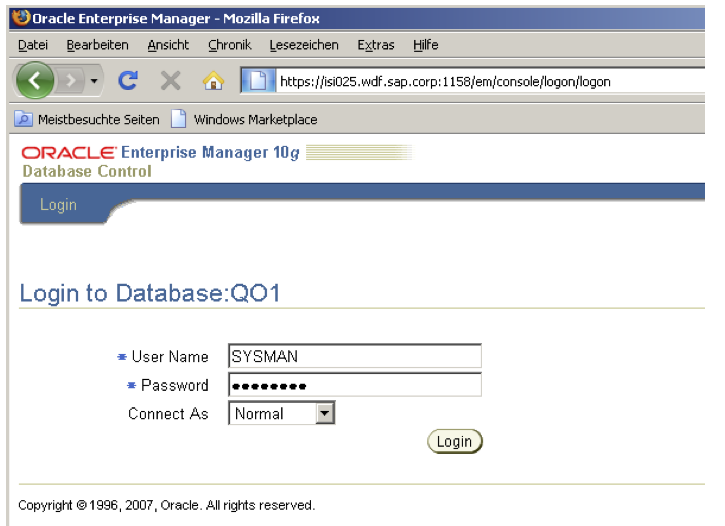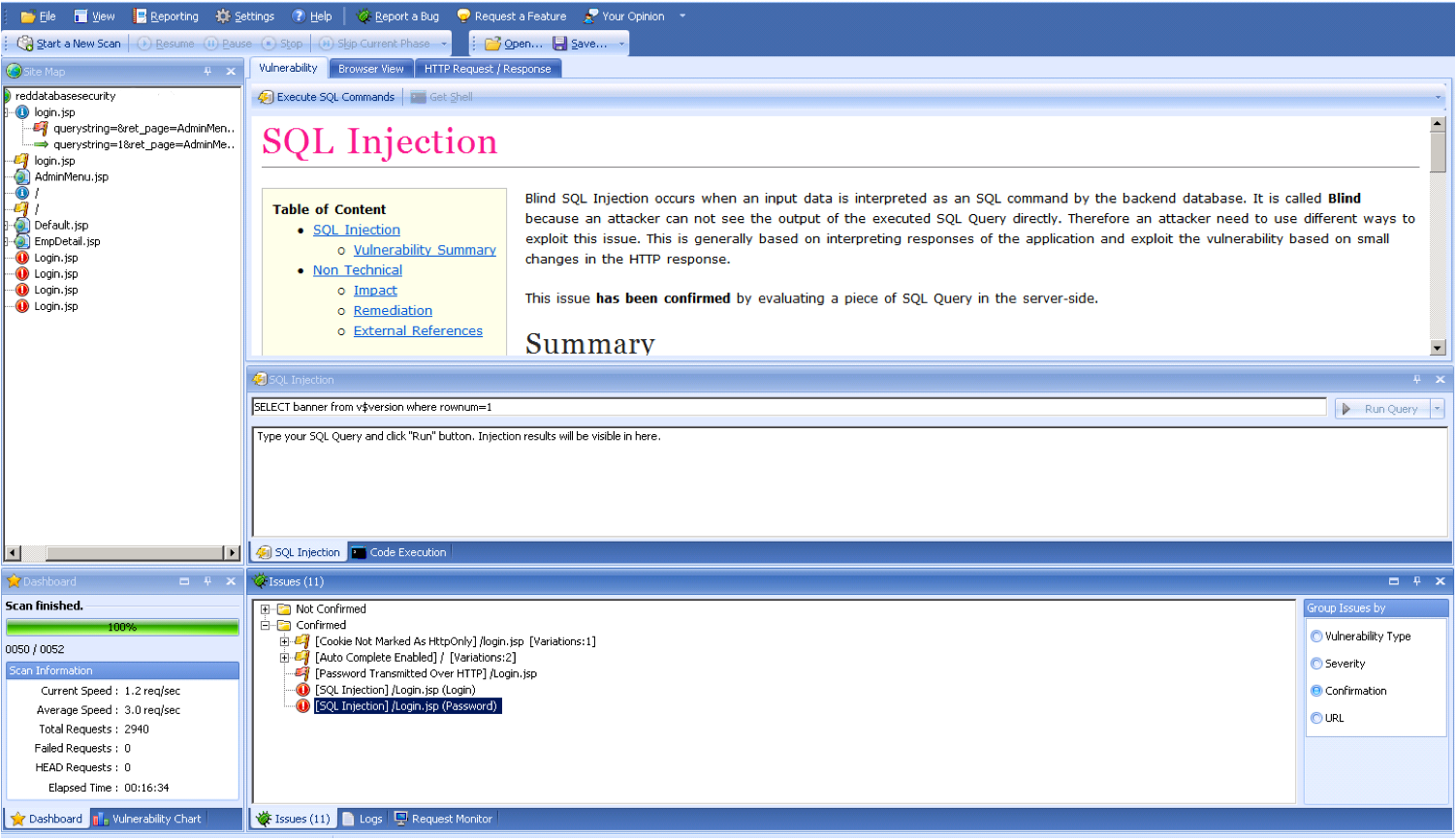In 3 weeks Paul Wright will give an 1 day workshop for SANS (Sat. 5. Dec. in London) about Database Activity Monitoring Systems (DAMS). Paul will use the free Hedgehog Standard Edition in the class to demonstrate solutions for common problems like user monitoring, defending against public zero days, …
Here is the table of content:
1. Defend against public and zero day attacks via free custom written IDS rules
2. Gain Compliance
3. User activity monitoring
4. Application monitoring
5. Sensitive data access monitoring
6. Diagnostics prior to changes such as CPU installation.
A case study about using DAMS from Paul Wright is available in the UKOUG Scene magazine (Issue 39).
You should not miss the chance to join this workshop because it can help your company/organization to secure their databases …


